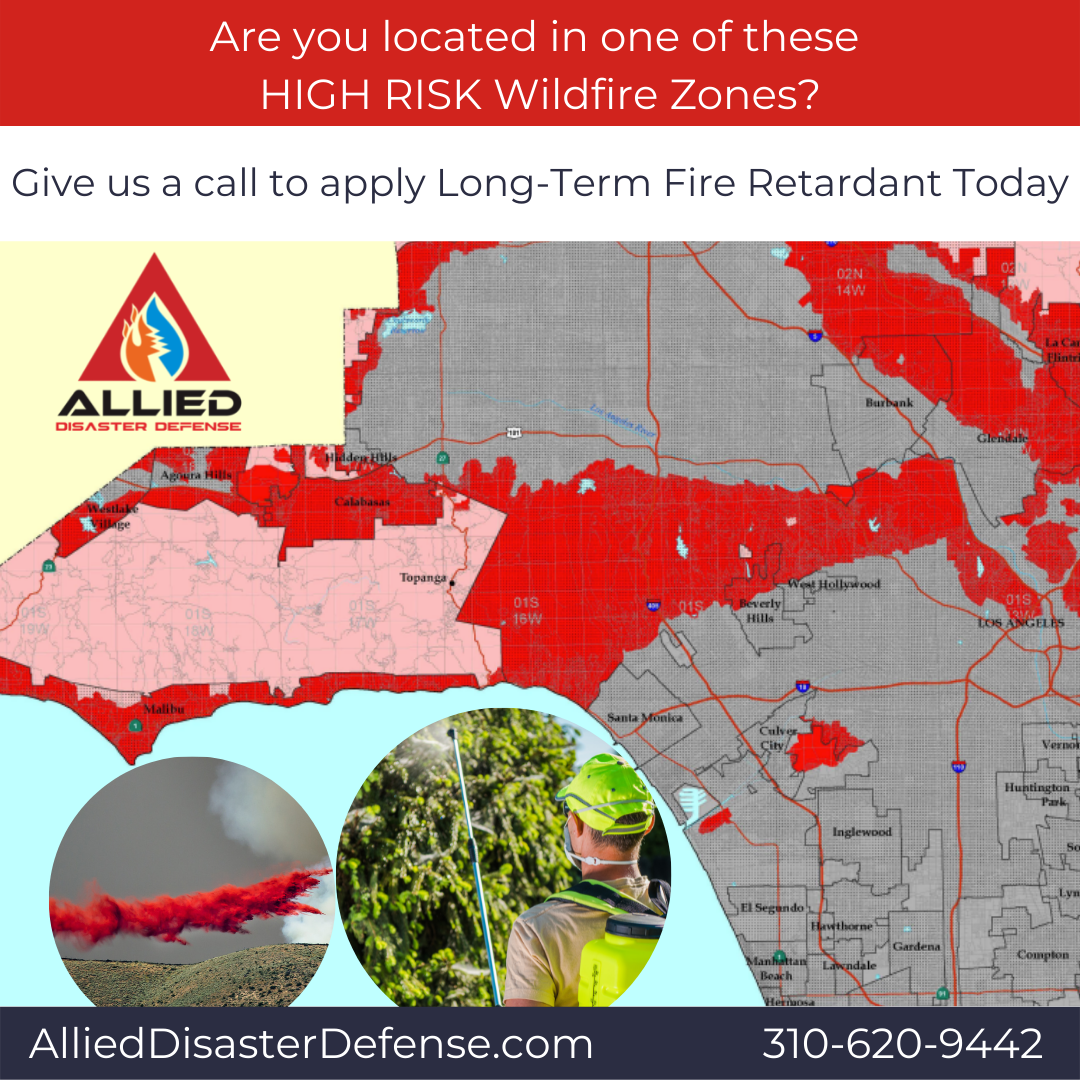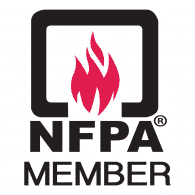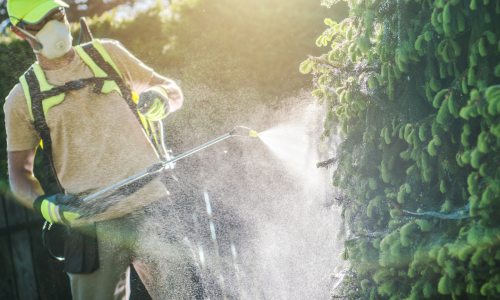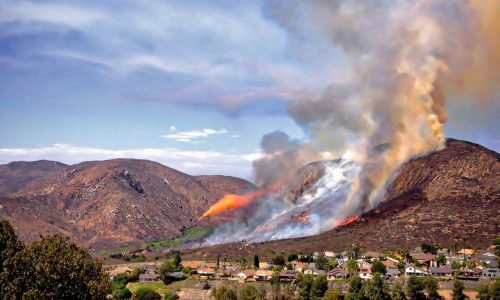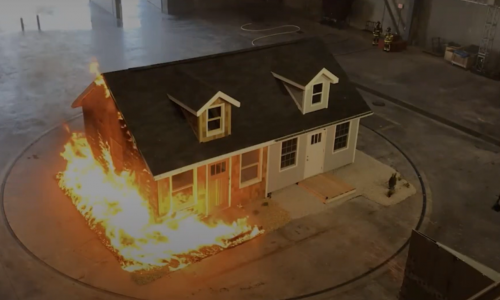For any Municipalities that received grants, we can assist in vegetation management, application of long-term fire retardant, and structure hardening
6 of the 10 most damaging fires in California’s history have occurred in the last 2 years. Many variables contributed to the severity and scope of the damage, which resulted in the destruction of nearly 30,000 structures in just 6 fires in California. Over the last few decades, the number of people living in fire-prone areas where municipalities meet nature has risen substantially. If you live in one of the wildfire hazard areas in the map, then you can contact your local municipalities for a grant.
Due to more extreme weather occurrences and poor forest management, the amount of potential fuel in California’s woods has also increased. The 2018 Camp Fire in Paradise, which destroyed almost 19,000 structures and killed 86 people, got California to really act and put funds behind fighting wildfires.
For cities and other agencies that have received grant money from the government, we can go out to inspect landscapes and other properties to determine the best combination of vegetation management, long-term fire retardant usage and structure hardening.
If you need help putting together an application for the grant, we can help as well with our experts.
Interested in creating a Community Wildfire Protect Plan (CWPP)? Allied Disaster Defense can help with planning of what to ask for and how much you should request for grant.

